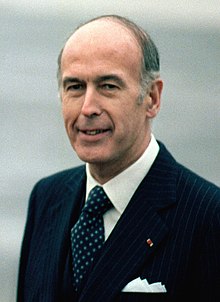| Date | February 28, 2002 – July 18, 2003 |
|---|---|
| Duration | 1 year, 4 months and 20 days |
| Location | Belgium |
| Also known as | European Convention, Constitutional Convention [1] |
| Type | Constituent assembly |
| Cause | Laeken Declaration |
| Motive | Provide starting point for the Intergovernmental Conference of Nice [1] |
| Participants | Chairman: Valéry René Marie Georges Giscard d'Estaing Vice-Chairmen: Giuliano Amato, Jean-Luc Dehaene ContentsEuropean Parliament Representatives |
| Outcome | Draft Treaty establishing a Constitution for Europe |
| The use of cause is for the summoning body and the motive is the mandate | |

| History of the European Union |
|---|
 |
The Convention on the Future of the European Union, [2] also known as the European Convention, was a body established by the European Council in December 2001 as a result of the Laeken Declaration. Inspired by the Philadelphia Convention that led to the adoption of the United States federal Constitution, its purpose was to produce a draft constitution for the European Union for the Council to finalise and adopt. The Convention finished its work in July 2003 with their Draft Treaty establishing a Constitution for Europe. See History of the European Constitution for developments after this point.